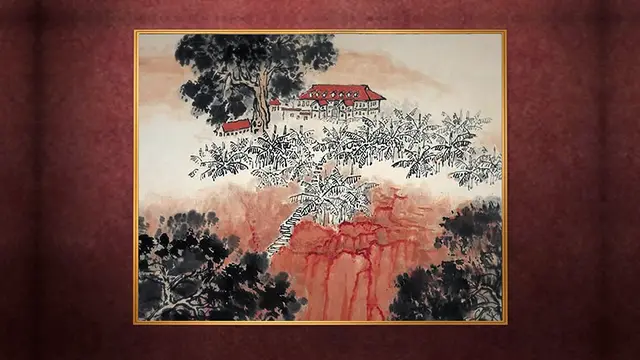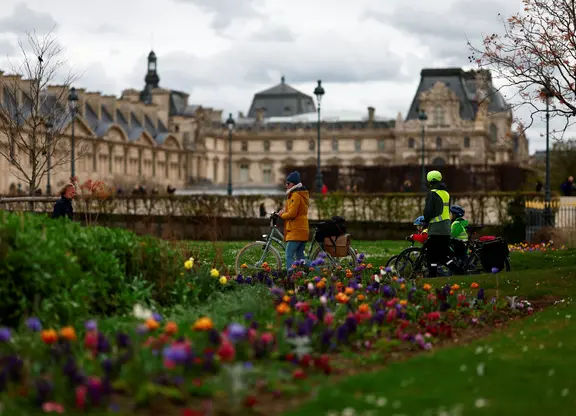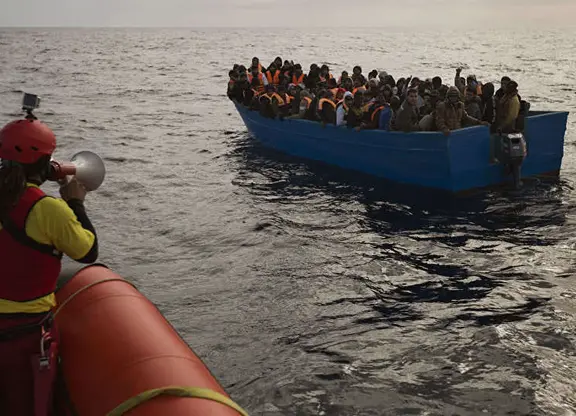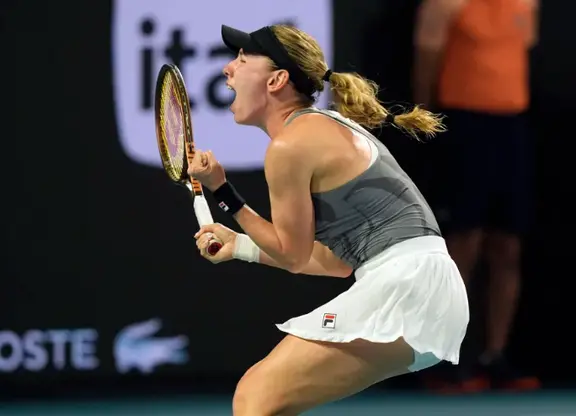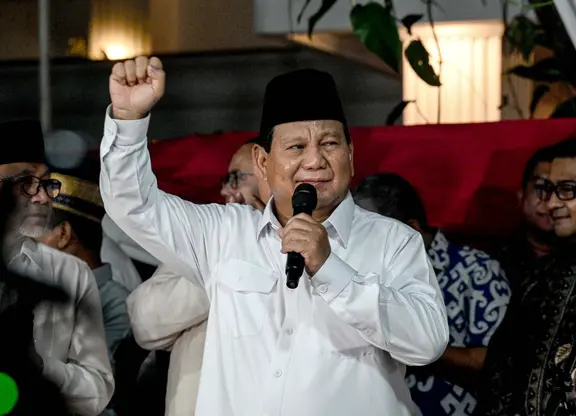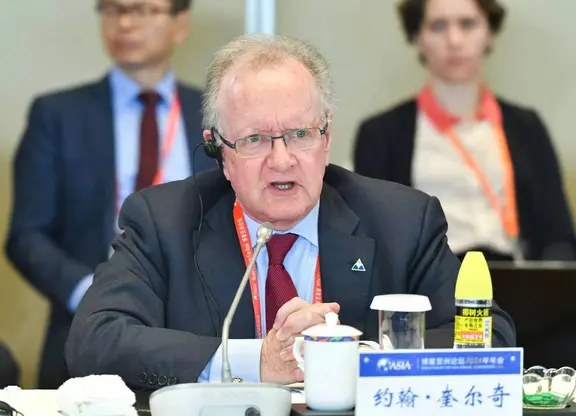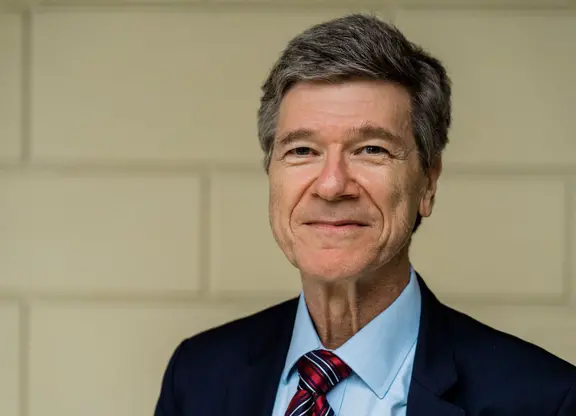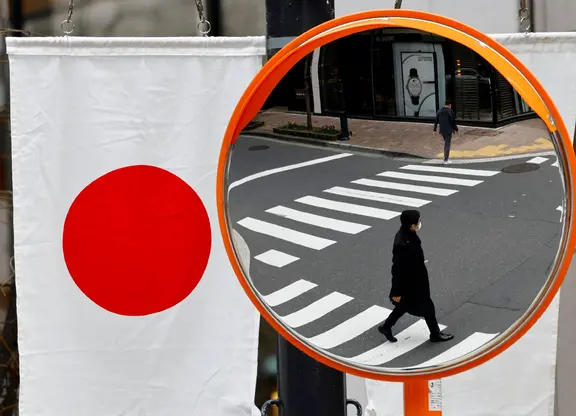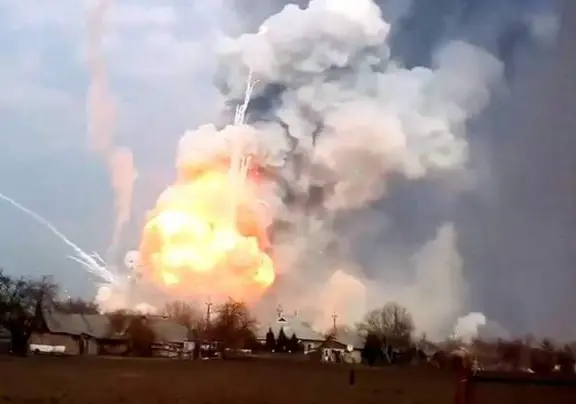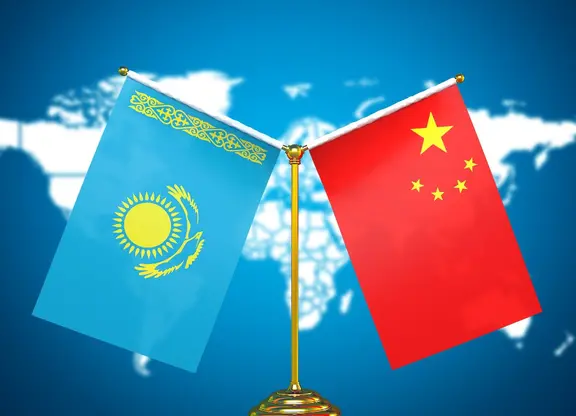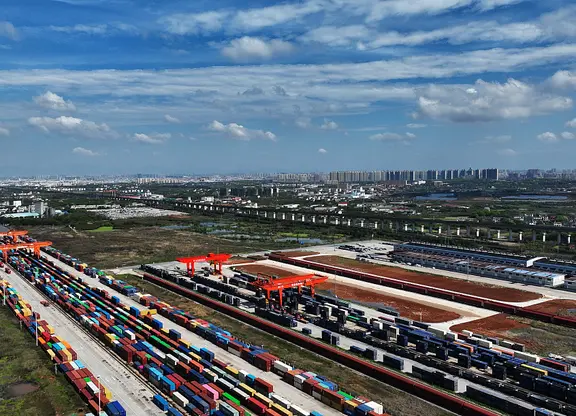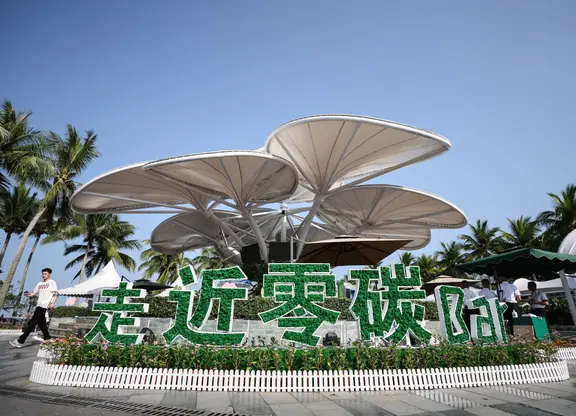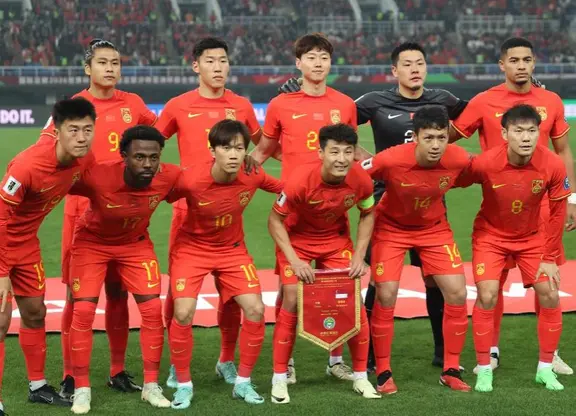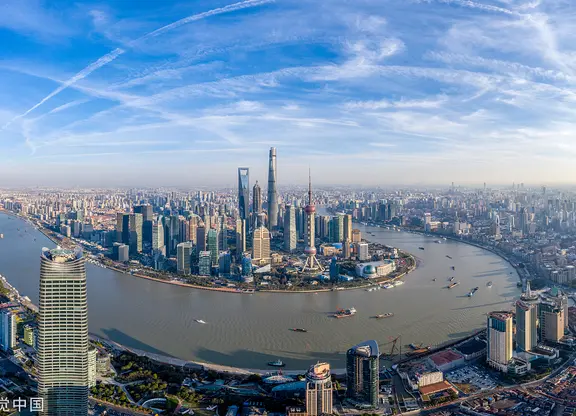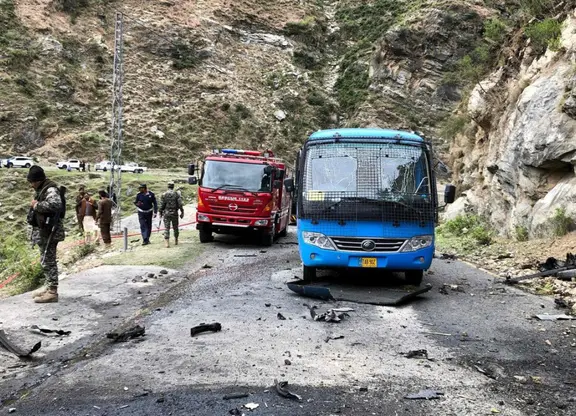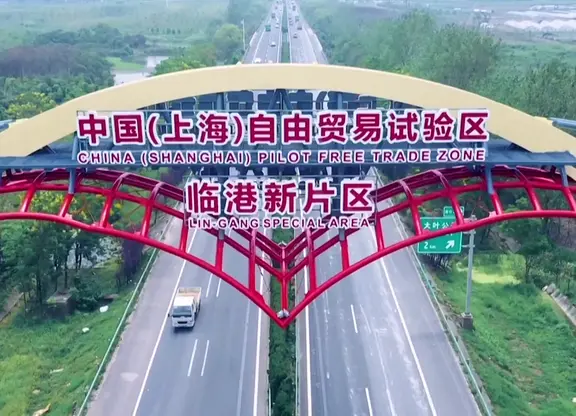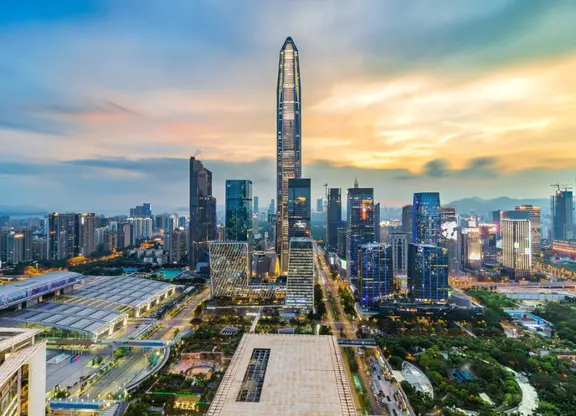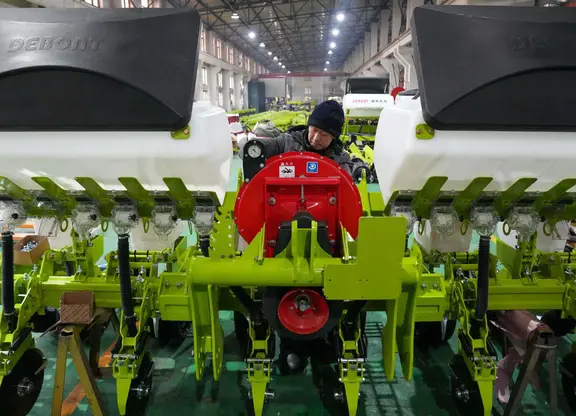01:49
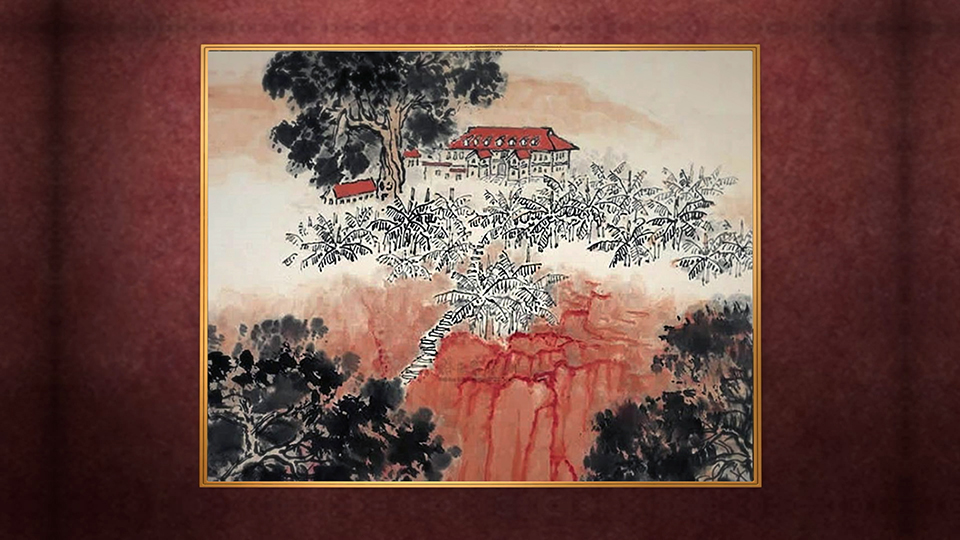
The southwestern city of Chongqing became the provisional wartime capital of the Republic of China in 1937, following a full-scale invasion by Japan.
There, the Communist Party of China set up its Southern Bureau of the CPC Central Committee to strengthen a united front with the Nationalist Party Kuomintang (KMT) in the War Against Japanese Aggression.
A mansion in Hongyan village served as headquarters for the Southern Bureau and Eight Route Army. Hongyan directly translates as ‘Red Crag.’
Zhou Enlai, who later became the first Premier of the People’s Republic of China, chaired the Southern Bureau of CPC Central Committee.
But the KMT betrayed this wartime alliance, attacking the Communist New Fourth Army on January 6, 1941 in what is now known as the Wannan Incident.
Also known as the “Southern Anhui Incident” and the “New Fourth Army Incident,” a much larger KMT force inflicted around 6,000 casualties on Communist forces.
Zhou Enlai refused to withdraw from Chongqing and publicly condemned the KMT attack. The mansion in Hongyan Village still stands in silent witness of the Kuomintang betrayal.
On August 28, 1945, Mao Zedong arrived in Chongqing for peace talks with KMT.
During his stay at Hongyan Village, he met with delegates from all walks of life and gained their support, increasing pressure on the KMT leader Chiang Kai-shek to accept a truce.
In his Chinese ink-wash painting displayed in the Chongqing Hongyan Revolutionary History Museum, artist Qian Songyan portrayed the CPC’s famous wartime mansion.
Check out
The China Report
, our new weekly newsletter. Subscribe here!
 简体中文
简体中文

